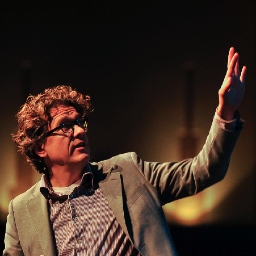THE IOT PUZZLE HAS BEEN CRACKED
October 25, 2013

There is no Internet of Things. At least, not as long al the things connected are solo actors in a multi-things world. Sarah Rotman Epps explained the issue at our conference by saying that there are many Internets of things (plural). A basketball, a sport shoe and a wrist band like Nike Fuel should work together when they are connected, but they don’t. This is one of the main challenges of the Internet of Things. If we want to get real value from Things, we need smart systems, and as long as they all speak different languages, we are not going to realize that.
The good news is: this problem is cracked very recently by a team of extremely smart engineers in France.
I just got back yesterday from a visit to Sogeti High Tech in Toulouse and saw with my own eyes how it worked. A Smart Engine that connects all the different protocols like Zigbee, xPl, MODBUS, RFID, GSM, SNMP, Bluetooth REST, Z-Wave, DMX, PROFIBUS, NFC, SOAP, 1-Wire, PLCBUS, BACnet, KNX, 6LowPAN, IRDA, TCP/IP, Wifi, HTTP, and many many others. It looked like a sort of a Google Translate for Internet of Things.
Any organization that want there things to communicate, manage them remotely through the internet , interoperate with third-party devices can now just do it. And you can add behavior by taking data from different kind of sensors and correlate them in real-time to output new higher-level events.

 English | EN
English | EN 